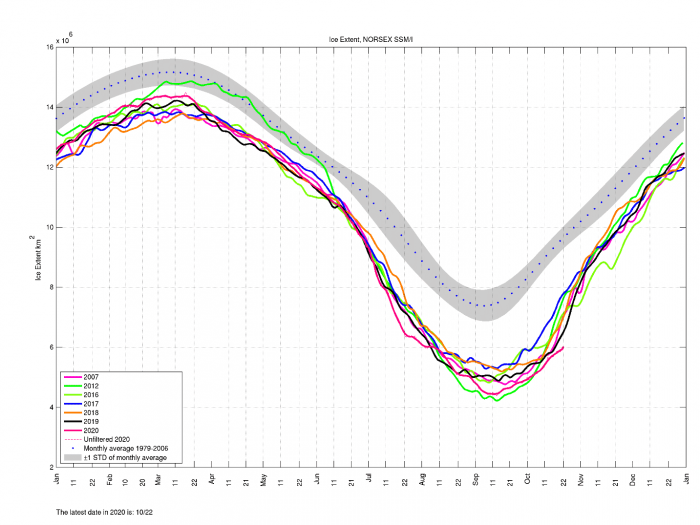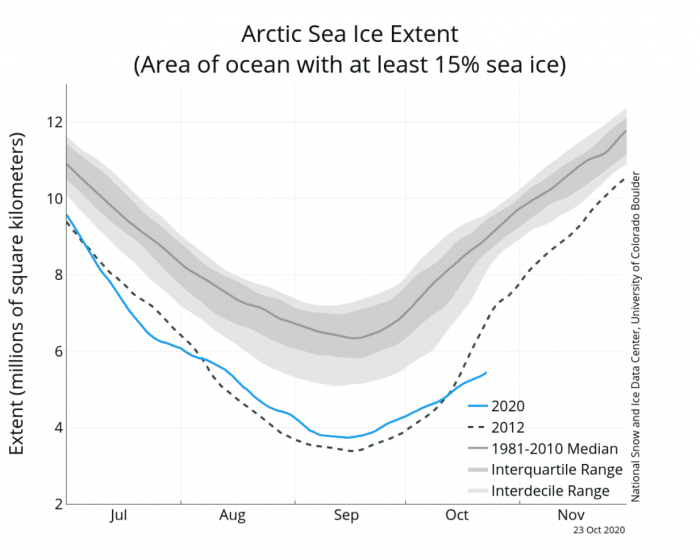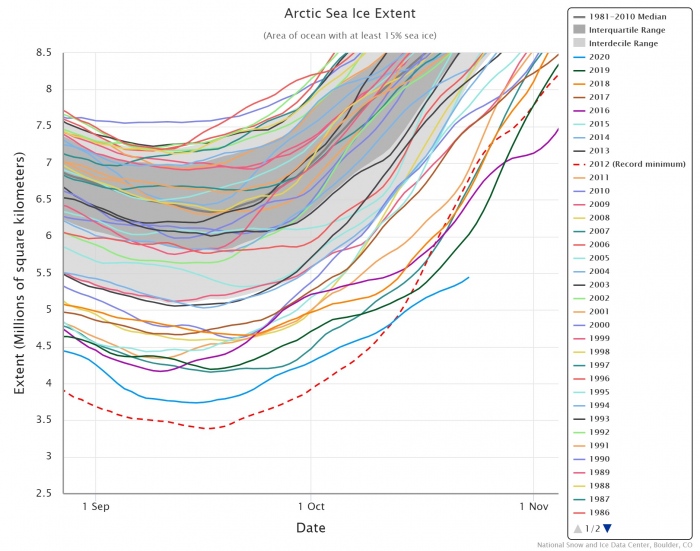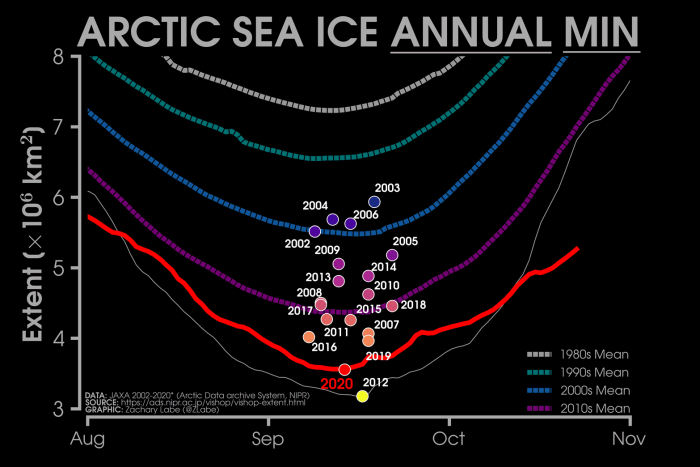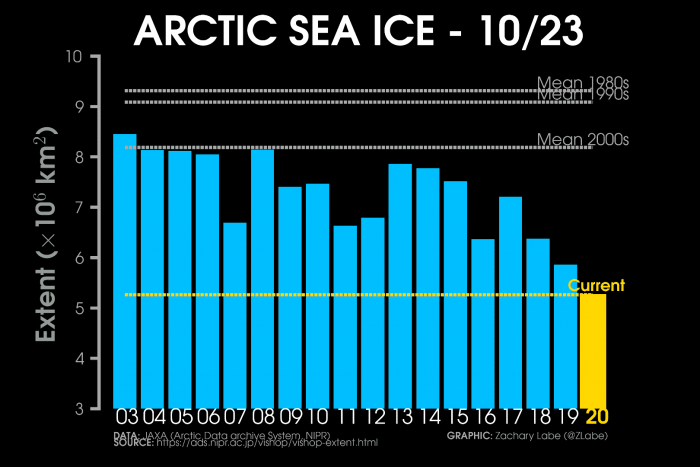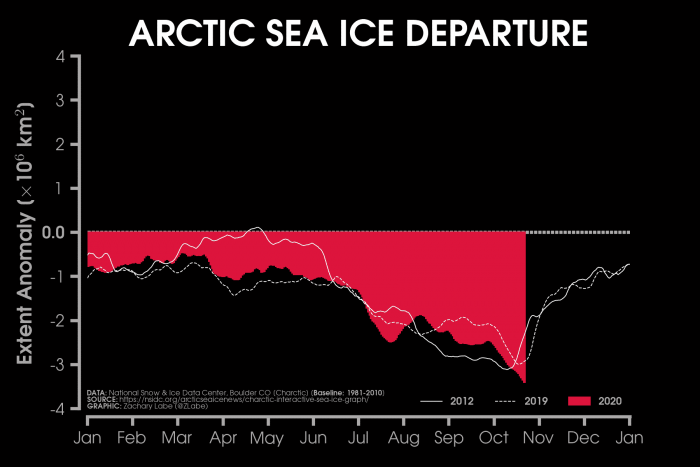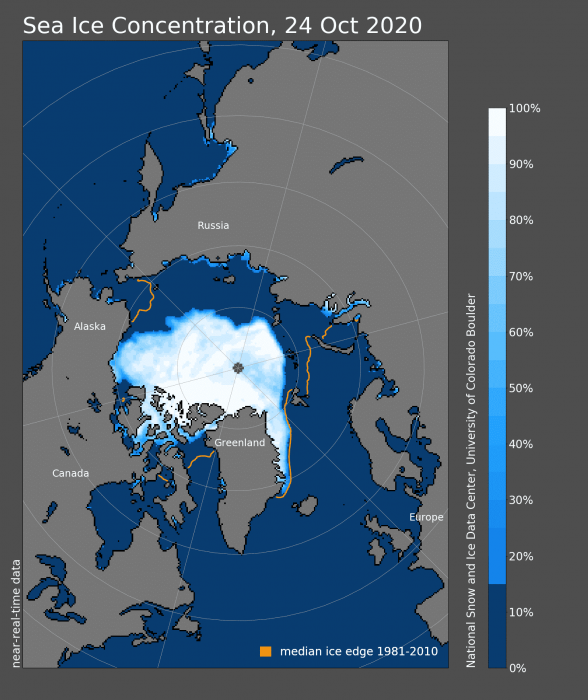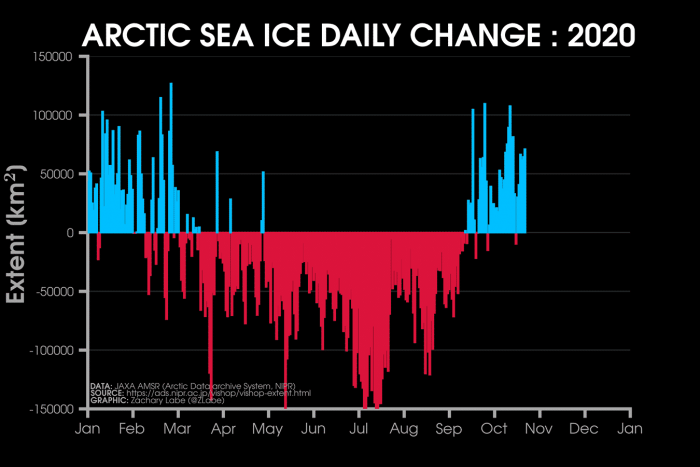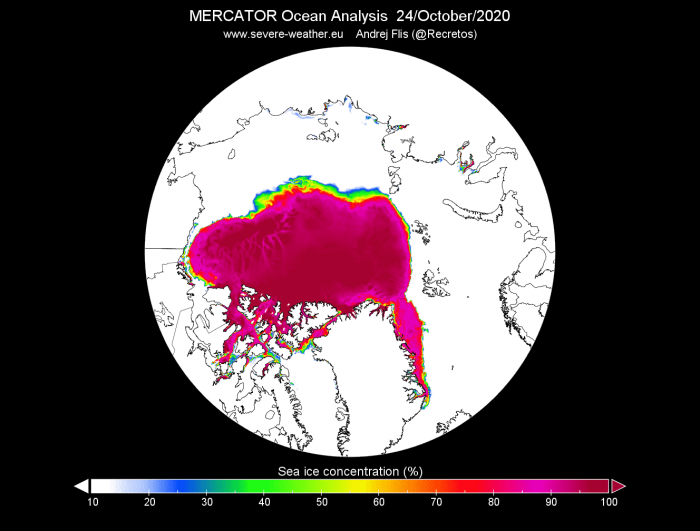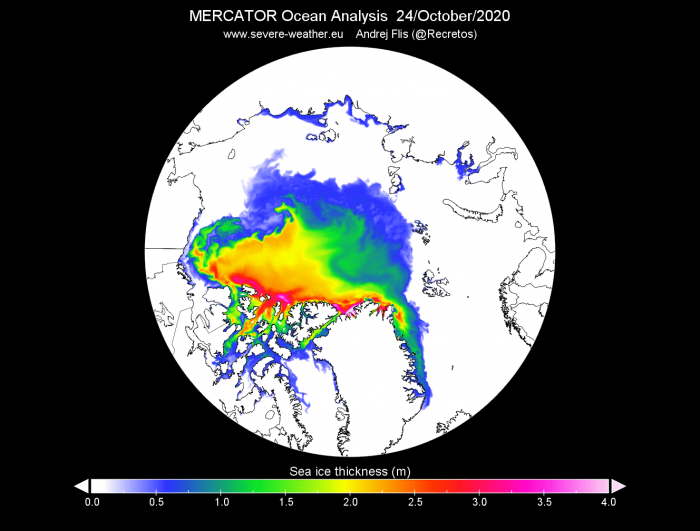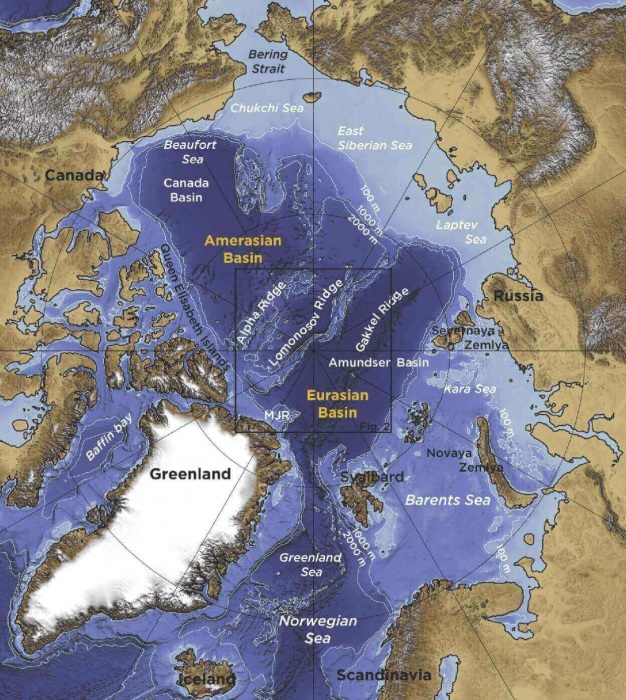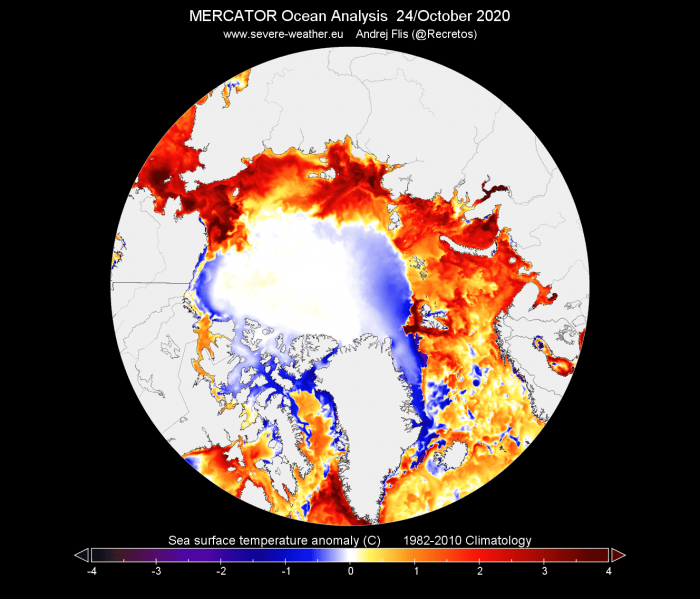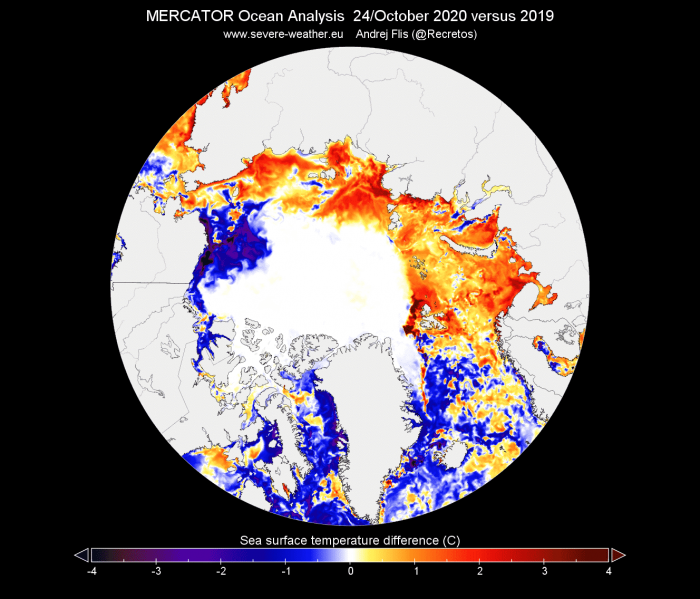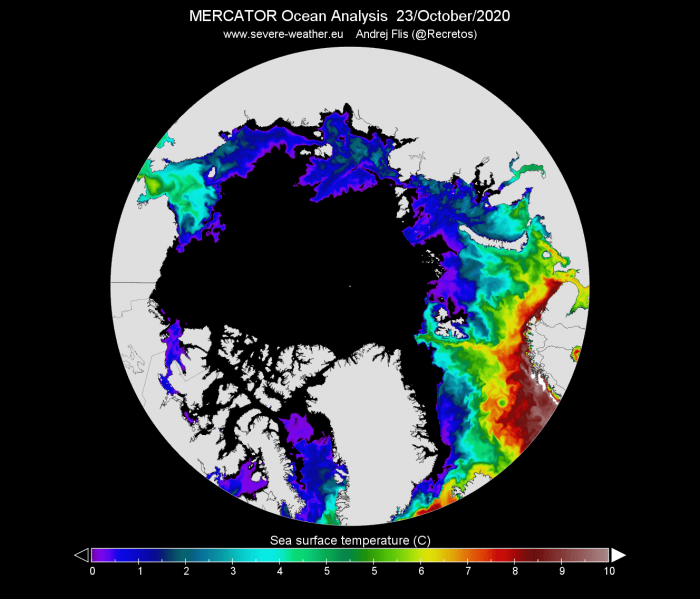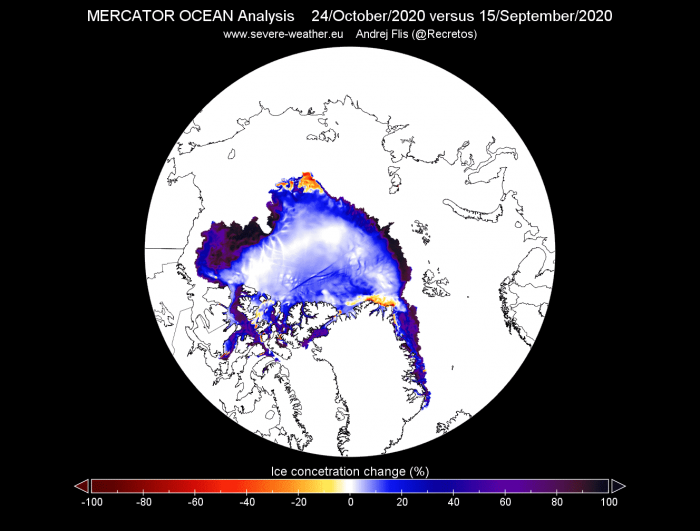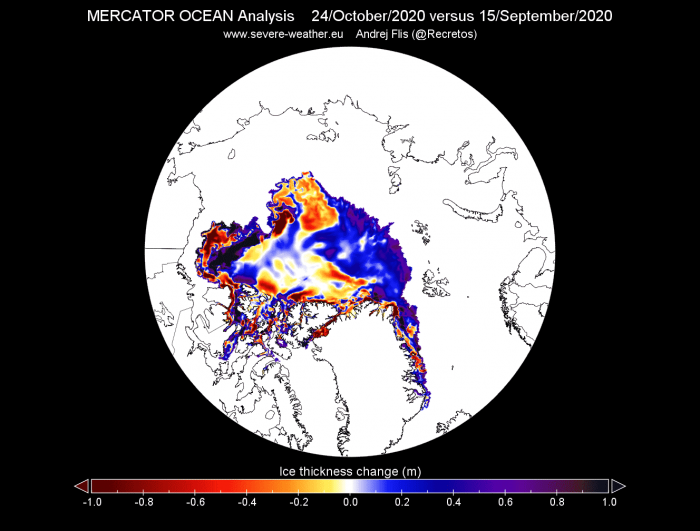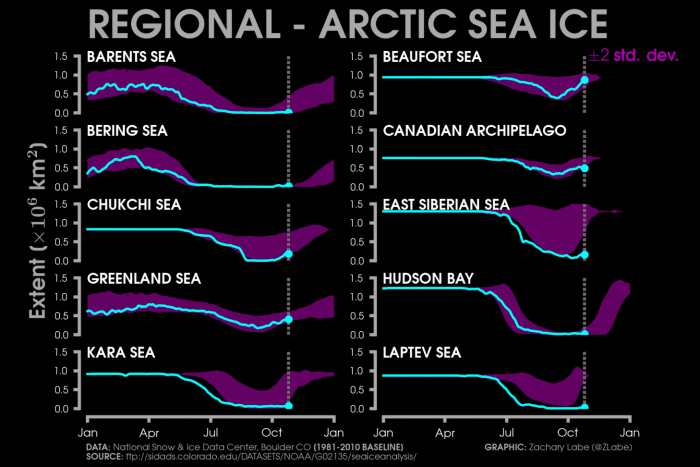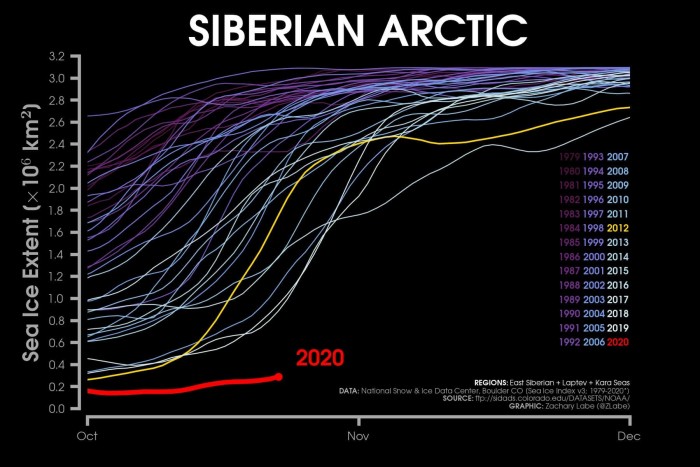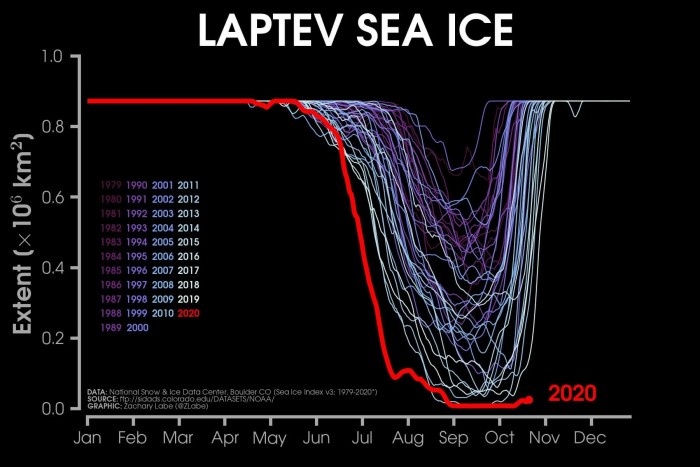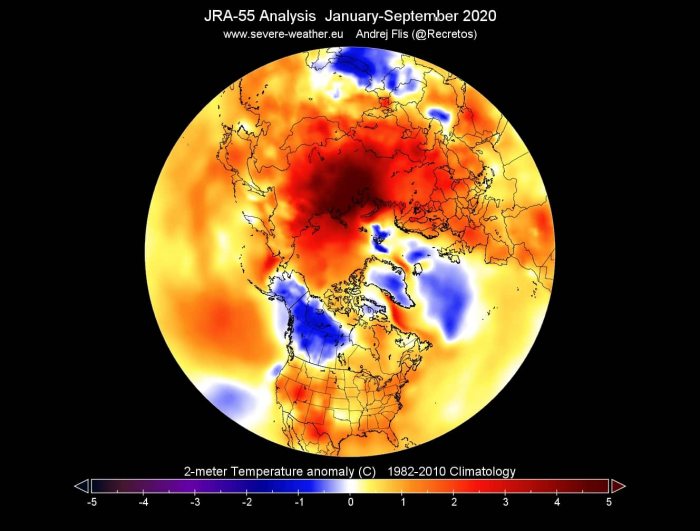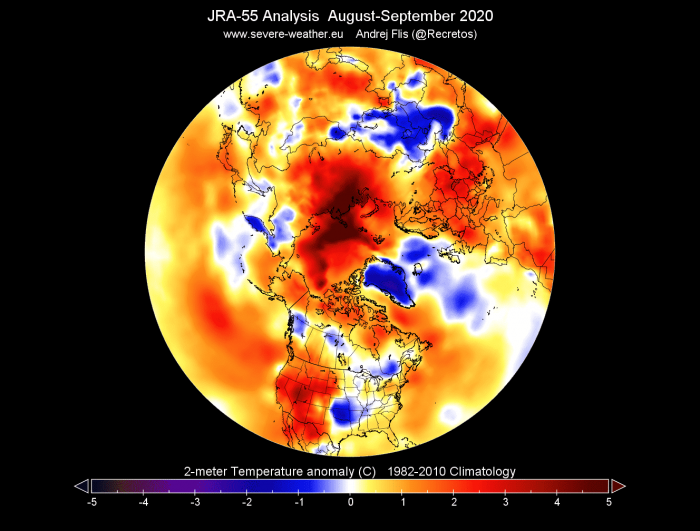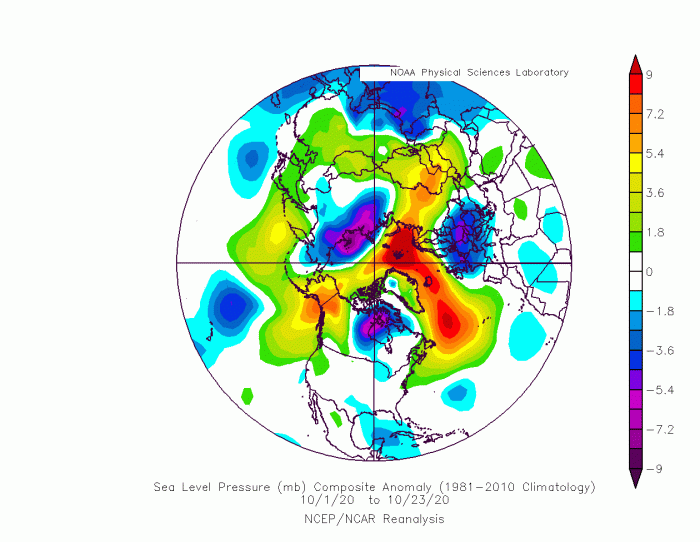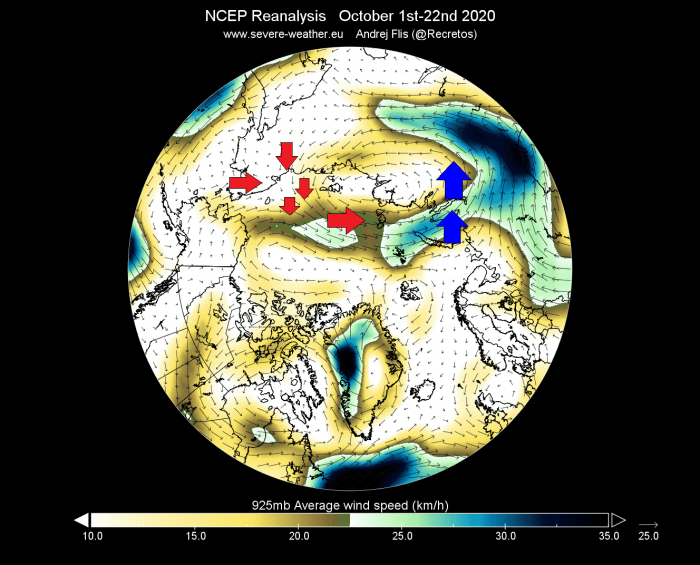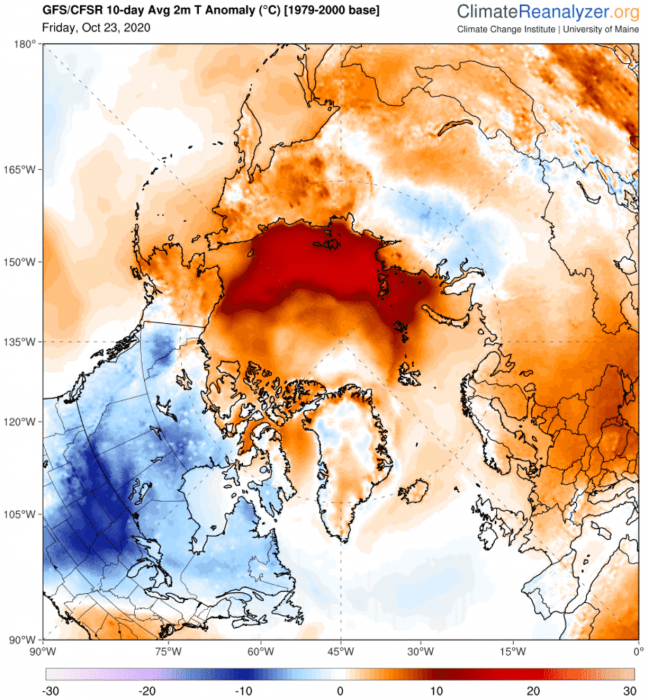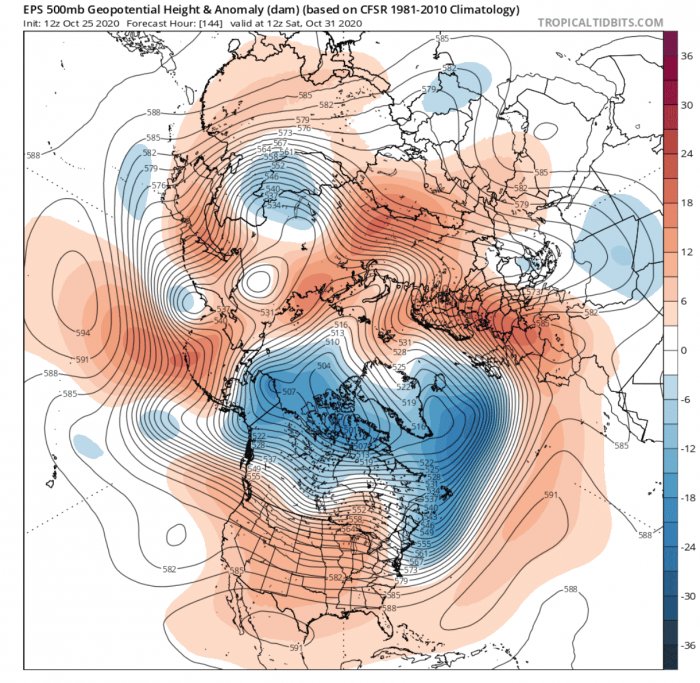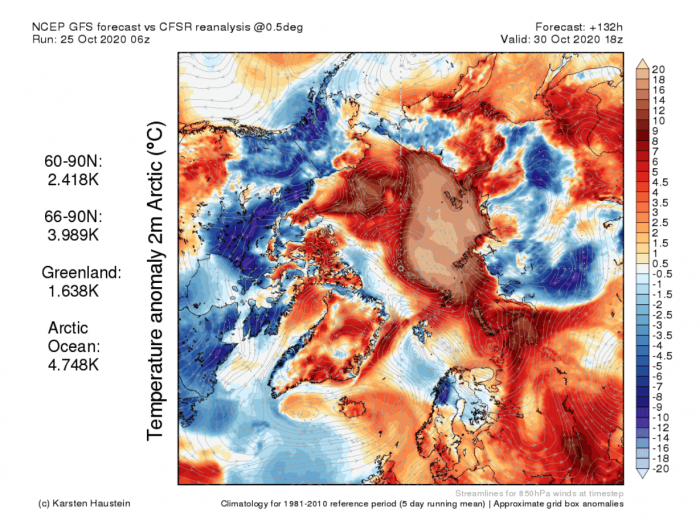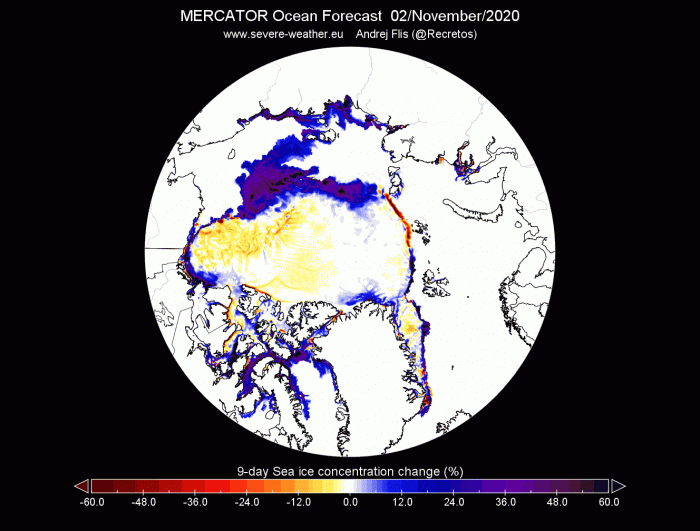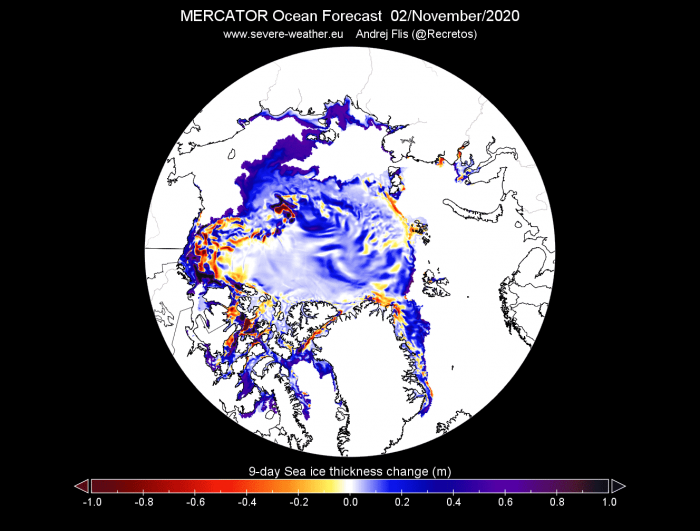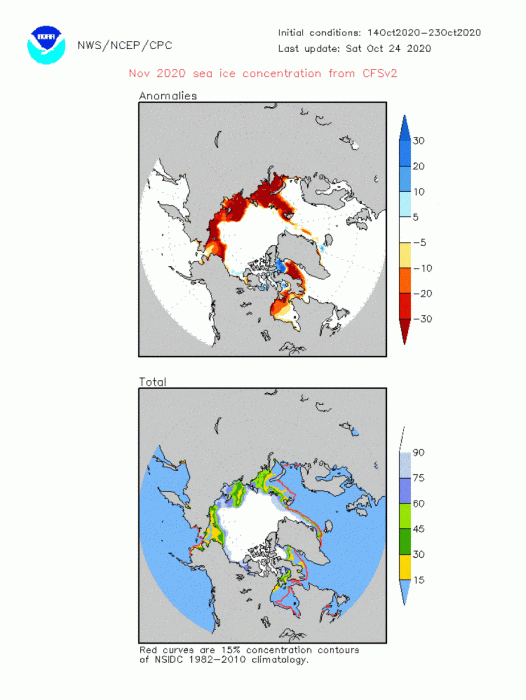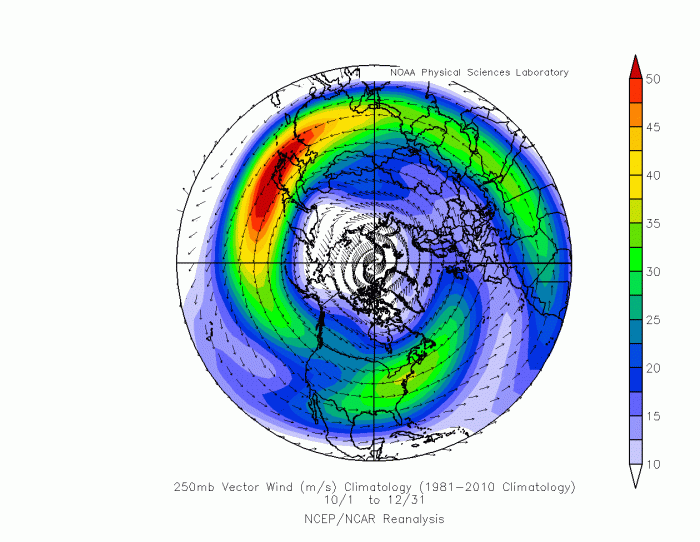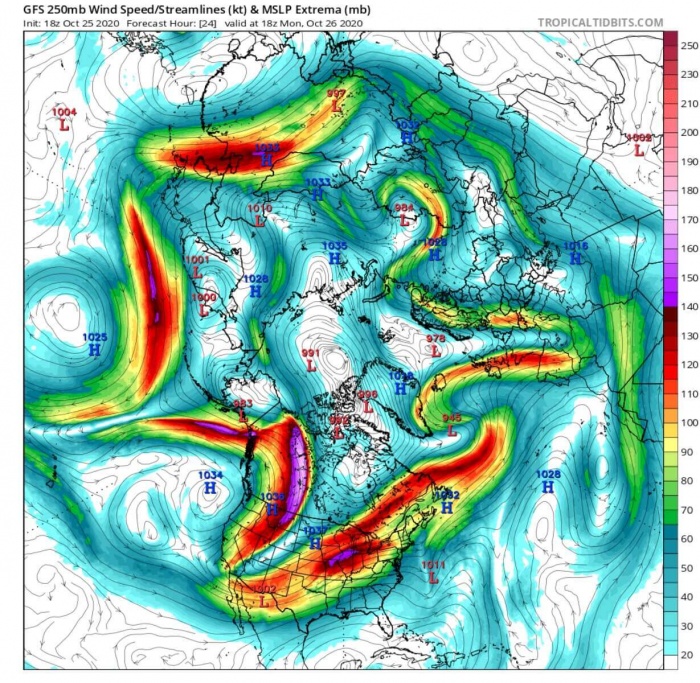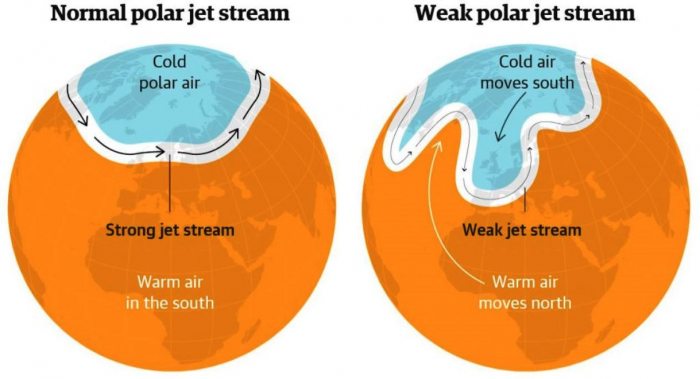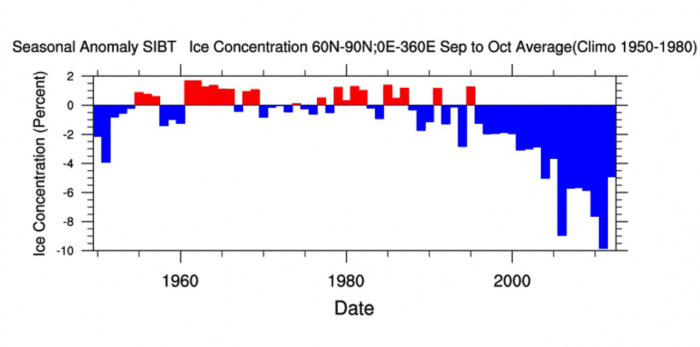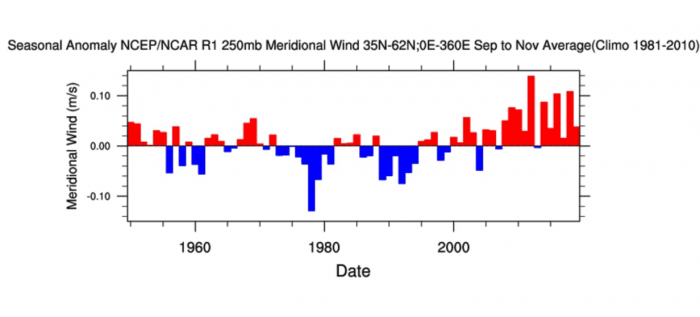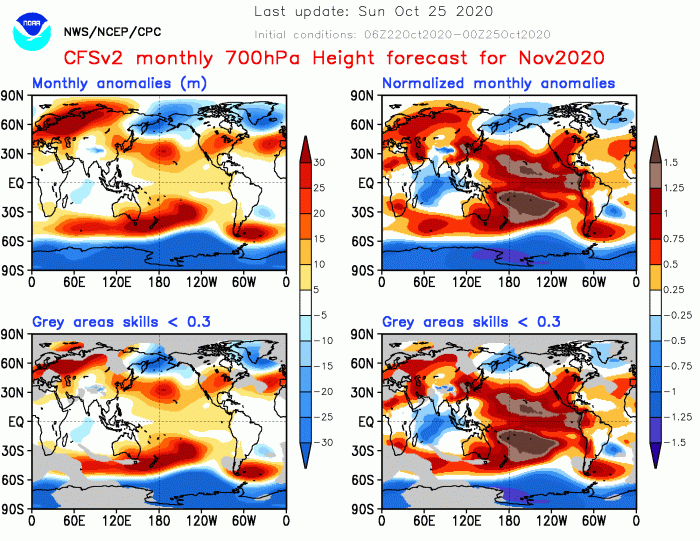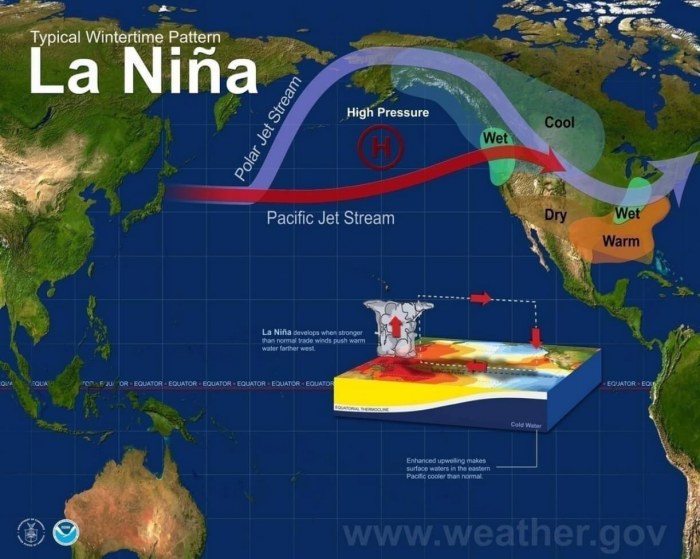Issued on: 25/10/2020 -

Thousands of climate activists have added their names to a new campaign spearheaded by Greta Thunberg, asking the European Commission to retract a farming policy that they say would make it impossible to reach the EU’s climate goals.
The Swedish climate activist Greta Thunberg has called on her followers to sign an open letter to EU leaders after the European Parliament on Friday endorsed a proposal for a new farming policy across the bloc.
The letter begins, “On Friday the 23rd of October, you let us down once again, in voting for a dirty deal, which betrays not only your commitments to the Paris Agreement, but also your commitments to justice and to democracy.”
The real story of today is not about the vote. It’s about the people who have not given up. There is the hope. And that will bring the change, eventually. #WithdrawTheCAP
A story of today by @GretaThunberg, @adelaidecharli2, @AnunaDe, @CamilleEtienne_ & mehttps://t.co/12GpuVDBoY— Luisa Neubauer (@Luisamneubauer) October 23, 2020
The Common Agricultural Policy, or CAP, sets out rules for farmers and agriculture across the European Union, and accounts for one third of the EU budget (€58.1 billion). The policy subsidises up to seven million farms across the EU. Current rules expire at the end of the year.
From #VoteThisCAPDown to #WithdrawTheCAP
The #WithdrawTheCAP campaign comes after Thunberg and other environmental activists urged the European Parliament to vote against the updated Common Agricultural Policy, flooding social media in the days preceding the vote with the hashtag #VoteThisCAPDown.
Dear MEPs, your vague distant climate targets will have no meaning if you fail to #VoteThisCAPdown and keep supporting the commercial lobby interests.
This is your chance to turn empty words into action. The eyes of future generations are upon you. No more excuses.#FututreOfCAP pic.twitter.com/Z60fWqnZd0— Greta Thunberg (@GretaThunberg) October 23, 2020
But the new policy was adopted with an overwhelming share of the vote, and activists are now training their sights on the European Commission, which has the power to withdraw the new policy and send EU officials back to the drawing board.
'Ecological destruction'
Environmental protesters say that the new CAP “fuels ecological destruction”. The biodiversity and bird charity BirdLife has called it an “extinction machine”. Even Agricultural Commissioner Janusz Wojciechowski issued a cautious warning prior to negotiations, suggesting on 19 October that some of the proposals would not allow the EU to reach climate objectives.
And just like that the European Parliament passes a death sentence for many species. It's official the CAP is not in line with the #EUGreenDeal, by the Commission's own admission.
Time to #WithdrawtheCAPhttps://t.co/uf81KDRGRe#FutureofCAP pic.twitter.com/H6oNwaTc80— Harriet Bradley (@HarrietBirdlife) October 23, 2020
European finance ministers and the agri-industry lobby resisted the inclusion of compulsory participation in eco-schemes in the bill, which are green agricultural projects that would receive a significant portion of EU funds through the CAP. Each European country would have to channel 20 percent of the money its farmers receive from the EU to these environmentally-friendly projects. Campaigners say however that that promise doesn’t go far enough, and want to boost the percentage of farmers’ payments going to eco-schemes to 50 percent.
“By putting targeted eco-schemes, programmes and also investments at the centre of this reform, we have assured a step towards a more sustainable and competitive agricultural sector,” said Ulrike Müller, the European Parliament’s rapporteur on CAP financing.
Exploitable loopholes
But the draft policy has loopholes that countries can exploit. The current policy will stand for a further two-year transition period before the new policy comes in, meaning that the new ambitious eco-schemes will not launch until 2023. Money that hasn’t been used towards environmentally-friendly projects within a set period of time won’t be carried over, but instead can then be put into non-green projects, with no environmental obligations. Critics also say the CAP scales down current requirements to protect certain types of land and for farmers to keep a certain percentage of their land out of production. Greenpeace said the policy represented a "death sentence for small farms and nature".
>> Click here to watch FRANCE 24'S Talking Europe show on making European farming sustainable
The #CAP needs to play its part in tackling climate change and biodiversity loss; the current CAP has been unable to deliver this kind of change. Ecoschemes and their funding are an important first step, but more steps must follow in agriculture and along the food chain.— Frans Timmermans (@TimmermansEU) October 24, 2020
The European Parliament has stated that the new farm policy is greener than the current one, pointing out that the new CAP provides more financial aid to farms who use sustainable and environmentally-friendly practices. It also says sanctions would be increased for those who violate environmental standards.
Environmental activists insist, however, that the European Parliament’s adoption of the new farm policy this week has now made the EU’s goal to achieve carbon neutrality by 2050 – as laid out by the 2015 Paris Agreement -- impossible to attain.
Caroline O'Doherty
October 23 2020
MEPs have voted for a multi-billion euro agricultural subsidies deal that farmers say will be create major challenges for the way they farm but environmentalists say will destroy nature.
The latest package of Common Agriculture Policy (CAP) measures will largely dictate farming practices across Europe until 2027.
Climate campaigners and environmental groups had urged radical reform of the CAP to ensure a move away from intensive farming practices that are high on greenhouse gas emissions, heavily polluting of soils and water sources and massively damaging to wildlife.
They said the deal voted through on Friday afternoon fell far short of those aims and would make it impossible for Europe to meet crucial emission reduction targets.
But farmers’ organisations said the deal would be demanding on the sector and require significant changes in farming practices.
Speaking in advance of Friday’s vote, Irish Farmers Association president Tim Cullinan said a provision to link 30pc of farm subsidies to environmental schemes would be challenging.
“All farmers already have to meet standards of good agricultural and environmental practices under current CAP rules,” he said.
“It means that all farmers will have to undertake additional environmental measures to have a chance of maintaining their payments.”
Minister for Agriculture Charlie McConalogue backed the deal ahead of the vote.
Green Party MEP Grace O’Sullivan, however, said the package served no-one well.
“This is not CAP reform. I'm beyond disappointed and baffled it passed, with all the right voices crying out against it – NGOs, scientists, even the EU Agriculture Commissioner and farmers on the ground.”
BirdWatch Ireland, which campaigns for healthy habitats for all wildlife, tweeted its dismay, saying: “€386billion of EU citizens’ money will be ploughed into largely destructive practices.”
The network of European environmental groups, the European Environmental Bureau, described the vote as “wasting public money on a fundamentally unsustainable and unfair agricultural policy”.
Friends of the Earth said it was a “historically bad week for the future of farming” that would perpetuate a system of “wrong policies and warped farming subsidies which mainly benefit industrial scale factory farms”.
“Now this failing system looks set to continue, spelling disaster for the environment and small farmers,” it said.
The bill for CAP represents a third of the EU’s entire budget. Talks on the implementation of the new package have to take place and there is a possibility that European Commissioners may seek to present fresh proposals to address the criticisms.

